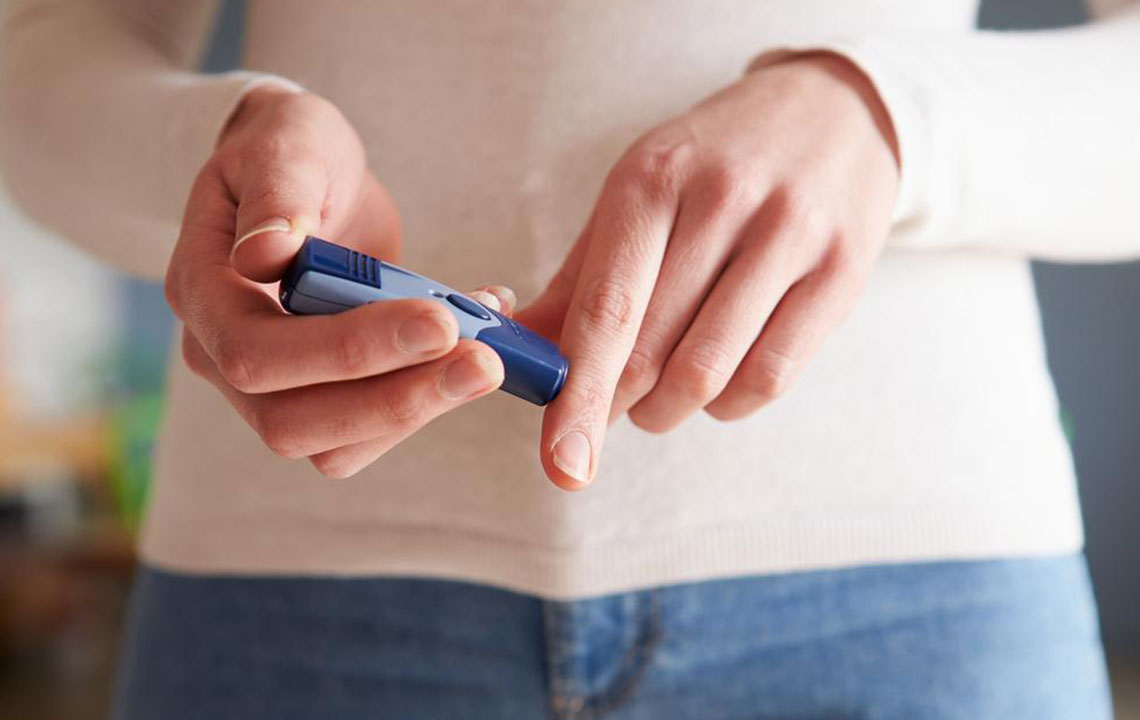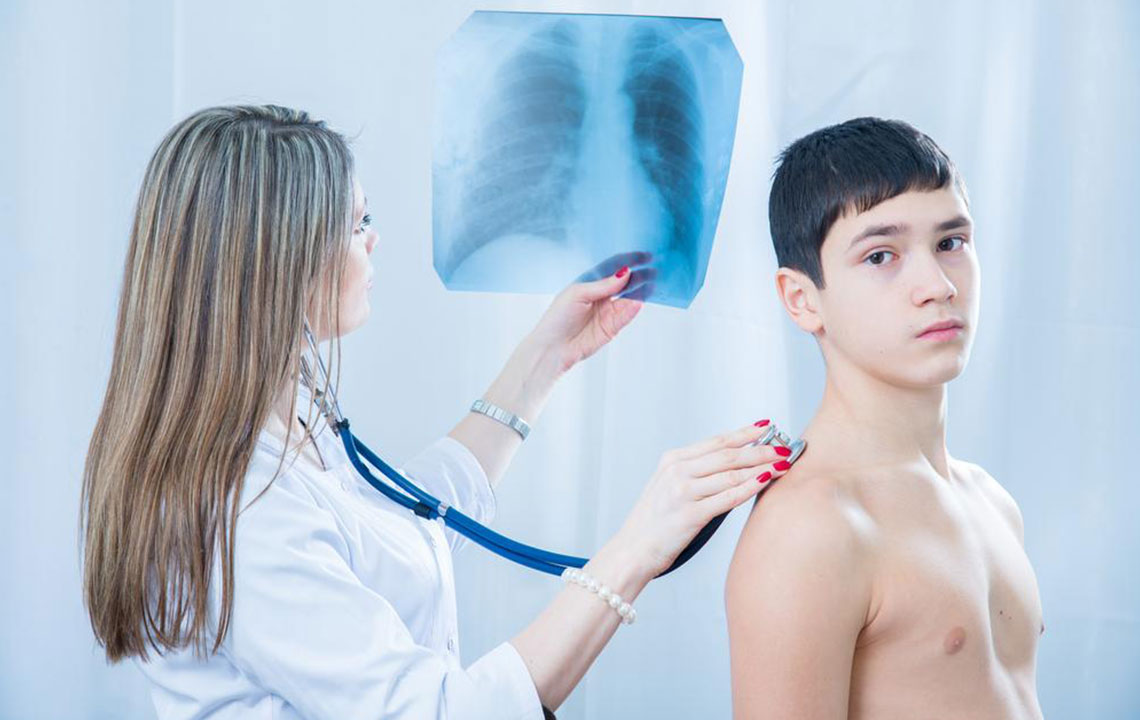Comprehensive Guide to Aortic Aneurysm: Recognizing Symptoms, Prevention Strategies, and Effective Treatments
This comprehensive article explores aortic aneurysm, detailing its causes, symptoms, prevention strategies, and available treatment options. Learn how early detection and lifestyle changes can significantly impact outcomes and prevent life-threatening complications. Ideal for those at risk or seeking in-depth understanding of this serious vascular condition.

Comprehensive Guide to Aortic Aneurysm: Recognizing Symptoms, Prevention Strategies, and Effective Treatments
The aorta, the body's largest artery, plays a crucial role in transporting oxygen-rich blood from the heart to the rest of the body. When this vital blood vessel develops an enlargement or bulge, known as an aortic aneurysm, it presents a significant health risk. Understanding the nature of aortic aneurysms, their symptoms, preventive measures, and available treatments is essential for early intervention and reducing the risk of life-threatening complications.
What is an Aortic Aneurysm?
An aortic aneurysm is a condition characterized by a localized dilation or bulging of the wall of the aorta. Although the aortic walls are typically strong and elastic, over time, factors such as high blood pressure, atherosclerosis, genetic predisposition, and aging can weaken the arterial wall, leading to aneurysm formation. If not diagnosed and treated promptly, an aortic aneurysm can rupture, resulting in catastrophic internal bleeding and potentially death. Therefore, early detection and management are critical in preventing severe outcomes.
Causes and Risk Factors
Atherosclerosis: The buildup of fatty deposits narrows and weakens the aortic wall.
Genetic Factors: Conditions such as Marfan syndrome, Ehlers-Danlos syndrome, and familial thoracic aortic aneurysm increase susceptibility.
High Blood Pressure: Elevated pressure puts extra strain on the arterial walls, accelerating degeneration.
Age and Gender: The risk increases with age, particularly after 65, and men are more commonly affected than women.
Smoking: Tobacco use damages blood vessel walls and accelerates aneurysm development.
Signs and Symptoms of Aortic Aneurysm
Many aortic aneurysms, especially in the early stages, are asymptomatic, making detection challenging without medical imaging. However, as the aneurysm enlarges, symptoms typically become more pronounced and may include signs indicating imminent rupture or complication.
Common Symptoms
In the early stages, an aortic aneurysm usually doesn’t cause pain or discomfort. However, as it enlarges or begins to rupture, symptoms become evident and alarming.
Chest Discomfort
One of the hallmark signs, especially for thoracic aortic aneurysms, is sudden and intense chest pain. This pain may feel like a tearing or ripping sensation and is often persistent, prompting urgent medical attention. Patients may also experience pain radiating to the back, neck, or jaw, indicative of an aneurysm in the upper part of the aorta.
Abdominal Pain
If the aneurysm develops in the abdominal section of the aorta, it can cause a throbbing or pulsating sensation in the abdomen, often accompanied by pain that worsens with movement or after eating. Nausea, vomiting, and a feeling of fullness might also occur, signaling the need for treatment.
Additional Symptoms to Watch For
Breathing issues and dizziness: The pressure exerted on nearby respiratory structures can cause breathing difficulties and dizziness.
Irregular heartbeat: Disrupted blood flow may lead to arrhythmias or abnormal heart rhythms.
Persistent fatigue and weakness: Reduced blood supply due to the aneurysm can cause general weakness and tiredness.
Swelling in face, neck, or arms: When blood flow is compromised from the upper body, swelling may be noticeable, which is a sign of circulation issues.
Hoarseness, cough, or wheezing: Compression of airway structures by the aneurysm can result in respiratory symptoms.
Stomach fullness or discomfort: A constant feeling of fullness or discomfort after small meals might suggest an abdominal aneurysm.
Preventive Measures to Reduce Risk
While some risk factors like genetics and age are non-modifiable, adopting healthy lifestyle choices can significantly decrease the likelihood of developing or worsening an aortic aneurysm.
Healthy Diet: Consuming a diet rich in fruits, vegetables, whole grains, lean meats like fish or chicken, and low-fat dairy supports vascular health. Limiting saturated fats, trans fats, and salt can prevent high blood pressure and atherosclerosis.
Blood Pressure Management: Regular monitoring and controlling blood pressure through medication and lifestyle modifications are vital in reducing aneurysm risk.
Quit Smoking: Tobacco cessation is crucial as smoking damages blood vessels and accelerates aneurysm growth.
Regular Exercise: Engaging in moderate exercise, such as brisk walking for 30 minutes daily, improves cardiovascular health. However, intense activities should be avoided unless approved by a healthcare professional.
Routine Medical Check-ups: For those with risk factors, periodic ultrasound scans or CT angiograms can detect aneurysms before symptoms appear.
Medical Treatments and Surgical Options
When an aortic aneurysm reaches a critical size or shows signs of imminent rupture, medical intervention becomes necessary. Treatment choices depend on the size, location, and overall health of the patient.
Open Surgical Repair: This traditional approach involves removing the weakened section of the aorta and replacing it with a synthetic graft. It is typically reserved for large, symptomatic, or ruptured aneurysms due to its invasive nature.
Endovascular Aneurysm Repair (EVAR): A minimally invasive procedure wherein a stent graft is placed inside the aneurysm through small groin incisions. EVAR reduces recovery time and lowers complication risks but is suitable only for specific cases.
Post-treatment Care
Post-operative management includes regular imaging follow-ups to monitor the integrity of the graft and prevent recurrence. Lifestyle modifications and strict blood pressure control are essential for long-term prevention of aneurysm progression.





